How should Yunnan hand-made coffee beans be cooked? How to brew Yunnan small grain coffee without bitterness?
Yunnan is the largest coffee growing place in China, with temperatures ranging from 16 degrees Celsius to 21 degrees Celsius, with the equator as the center, covering latitudes from 25 degrees north to 25 degrees south. It's a golden belt for growing coffee. Most areas of Yunnan are 1000 to 2000 meters above sea level. The sloping land has fertile soil, sufficient sunshine, rich rainfall and a large temperature difference between day and night, which are all favorable conditions for promoting coffee trees. It is precisely because of these unique natural conditions that the flavor of Yunnan small-grain coffee is formed: it has the characteristics of rich and mellow flavor, mellow but not strong flavor, mellow taste and sour fruit taste.

Yunnan coffee is not bitter coffee, but people who are not used to it may feel bitter. Yunnan coffee beans belong to Asian beans, Asian beans will have some pine, herb, nut flavor, and Yunnan coffee flavor on the basis of some local color flavor, that is, brown sugar, plum acid and some tea taste.

If you want to brew a good cup of coffee, Qianjie must first know the basic information of this coffee bean, such as where the coffee bean comes from, what flavor it has, what variety it is, and so on. Qianjie first bakes according to this information, and then carries on the cup test and brewing.
At present, most of the Yunnan coffee on the market is Katim. Yunnan coffee beans are called small seed coffee, which is actually another name for Arabica coffee beans, which is different from the medium grain species Robsta grown in Hainan. Arabica's flavor is clean, with fruit-like acidity and a comfortable taste. Ninety-nine percent of the varieties grown in Yunnan today are Katim varieties. This variety, a hybrid of Arabica and Robsta, has a robusta gene of 1 and 4, but it is still classified as Arabica because it is tetraploid and can self-pollinate. Of course, the gene mixed with Luodou itself is stronger and the yield is higher than that of pure Arabica, but its flavor is not as good as Arabica. The remaining 1 per cent is planted with iron pickups, bourbon and experimental plots of native species of Kaddura, Rosa and Yega Sheffield.
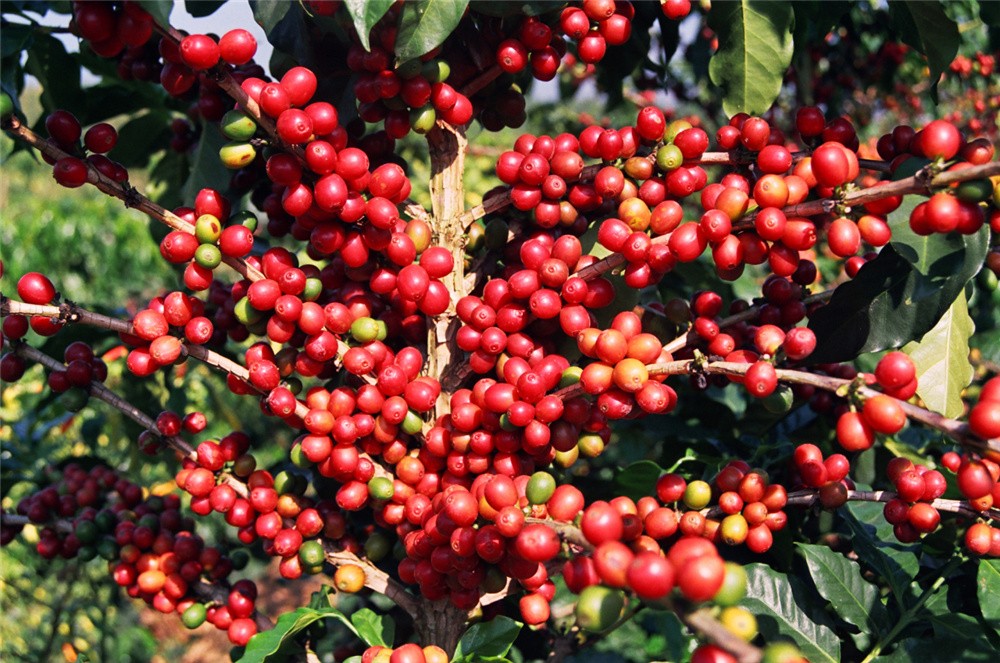
The coffee seedling selected by Qianjie Coffee Farm is a variety of iron pickup, and the new copper leaves are its characteristics. The output of iron pickup is very low, which is 1/3 of that of Katim, so why is the price more expensive? At the same time, Ironhide Kaka and bourbon are also very easy to get rust, which is one of the reasons why farmers are reluctant to grow Arabica.
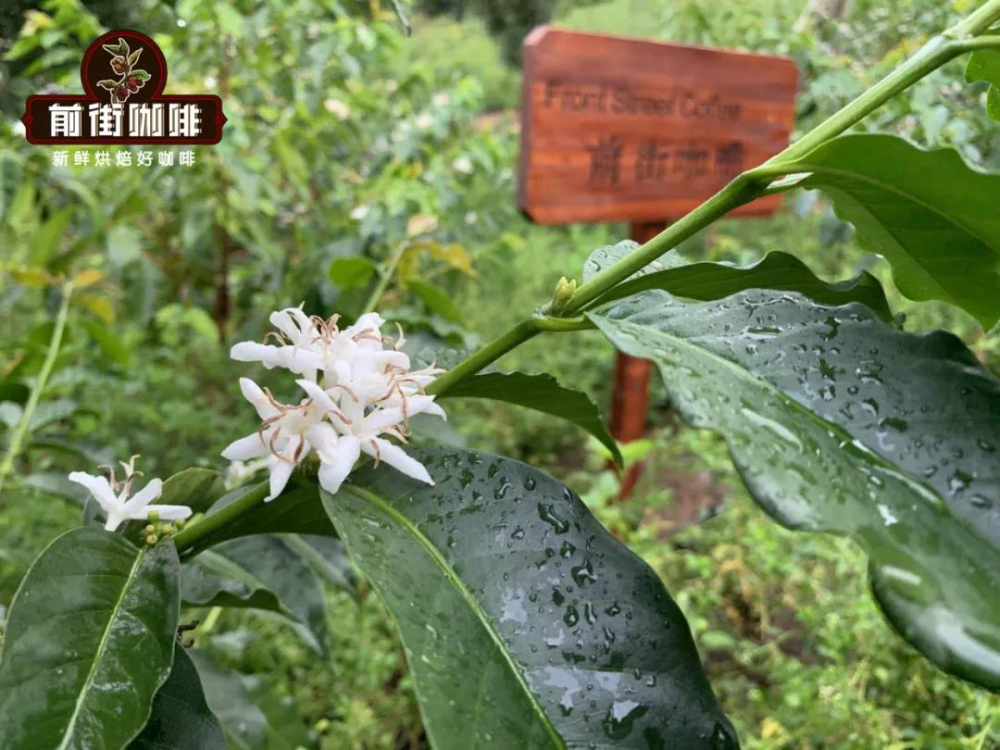
Katim is a combination of Arabica species and Robusta species. Robusta species have good resistance to leaf rust and rich oil, high yield and easy to grow. Katim has 25% of the Robusta gene after crossing with Arabica. Katim has 25% of the Robusta gene, which improves resistance to leaf rust and retains rich oil. at the same time, it has the rich taste of some original species of tin card. So most Yunnan manors began to plant Katim in a large area, and the planting scope of iron pickup began to shrink.
The main growing areas of coffee in Yunnan
The cultivation of coffee in Yunnan is mainly distributed in the southwest part of the province, including Baoshan, Dehong, Pu'er and Lincang. The two Yunnan coffee beans on the daily bean list in Qianjie are from Baoshan and Lincang respectively.
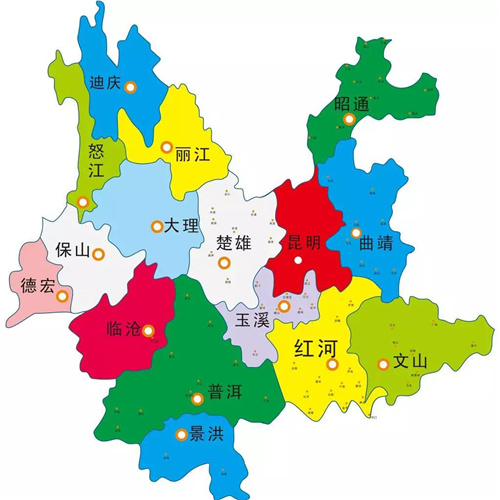
Pu'er coffee has a history of 100 years. It began to be cultivated at the end of the 19th century and developed into industrialization in 1988. Now the coffee planting area of the whole city has reached 767000 mu. It has become the main coffee producing area and coffee trade distribution center with the largest planting area, the highest yield and the best quality in the mainland.
Lincang: located in the southwest of Yunnan Province, the Tropic of Cancer runs through the south, Pu'er to the east, Dali to the north, Baoshan to the west, and Myanmar to the southwest. It is a bright pearl in the southwest of the motherland because it is bordered by the Lancang River. The annual average temperature in Lincang is between 16.8 ℃ and 17.2℃. The dry and wet season is obvious and the sunshine is sufficient.
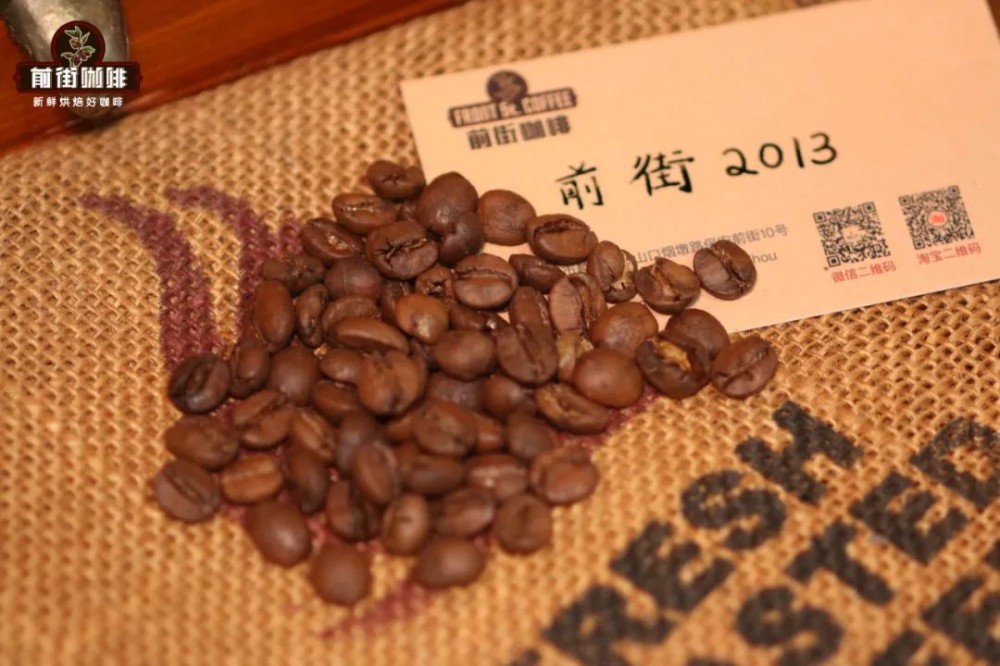
Qianjie Coffee has set up its own manor in Lincang, Yunnan Province, and grows the oldest Arabica variety, the iron pickup. Then, before 2021, Street Coffee produced the first home-grown coffee bean-Qianjie 2013 Iron pickup Coffee.
Baoshan: the average temperature in Baoshan is 21.5℃, the highest is 40.4 ℃, and it is basically frost-free all the year round. It is recognized as the best producing area of small-grain coffee. The small-grain coffee cultivated here is famous at home and abroad for its strong but not bitter, fragrant but not strong, well-proportioned small noodles, mellow and fruity. Baoshan small-grain coffee in Yunnan has a long history of cultivation. Baoshan small-grain coffee can be said to be a national geographical indication product. The Yunnan coffee growing area of Qianjie Coffee is also sitting here.
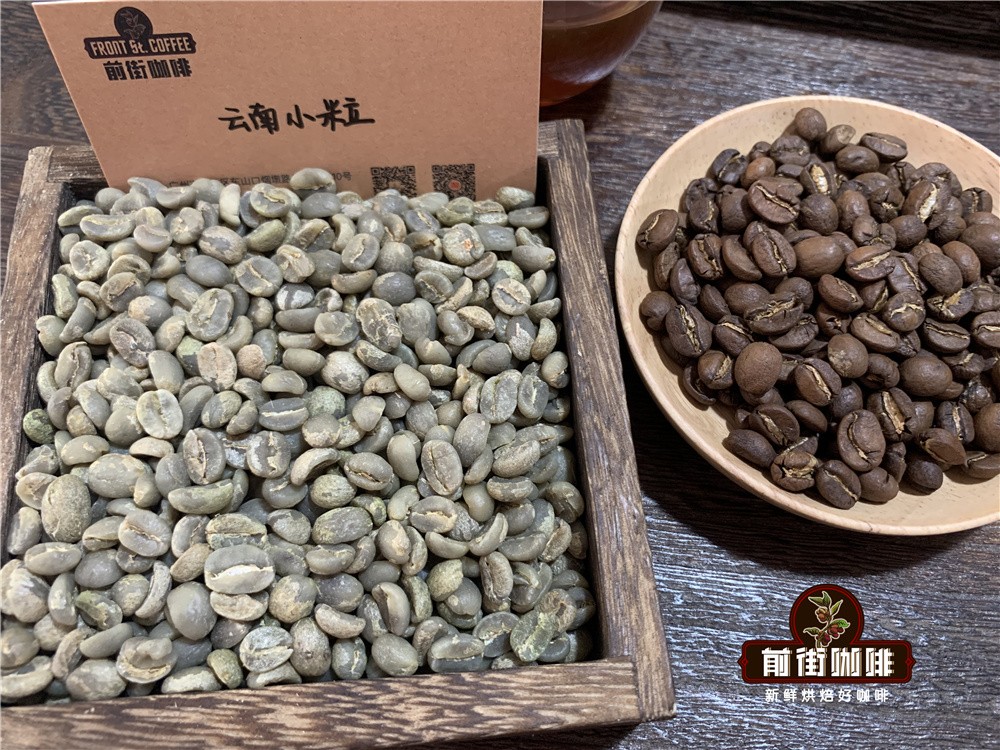
Yunnan small grains of Qianjie Coffee comes from Baoshan.
Treatment methods of Yunnan coffee beans
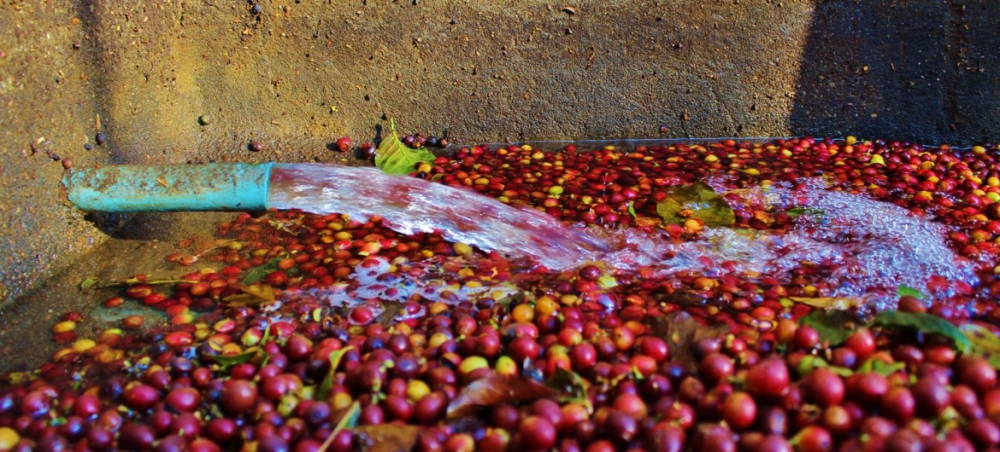
The weather in Yunnan is rainy all the year round and the climate is unstable, so most of the coffee beans in Yunnan are washed. But there are also sun-treated coffee beans. On the front street, Katim has water to wash Yunnan small grains of coffee and suntan Katim coffee, as well as, of course, the sun-tanned iron pickup coffee from our Qianjie coffee farm.
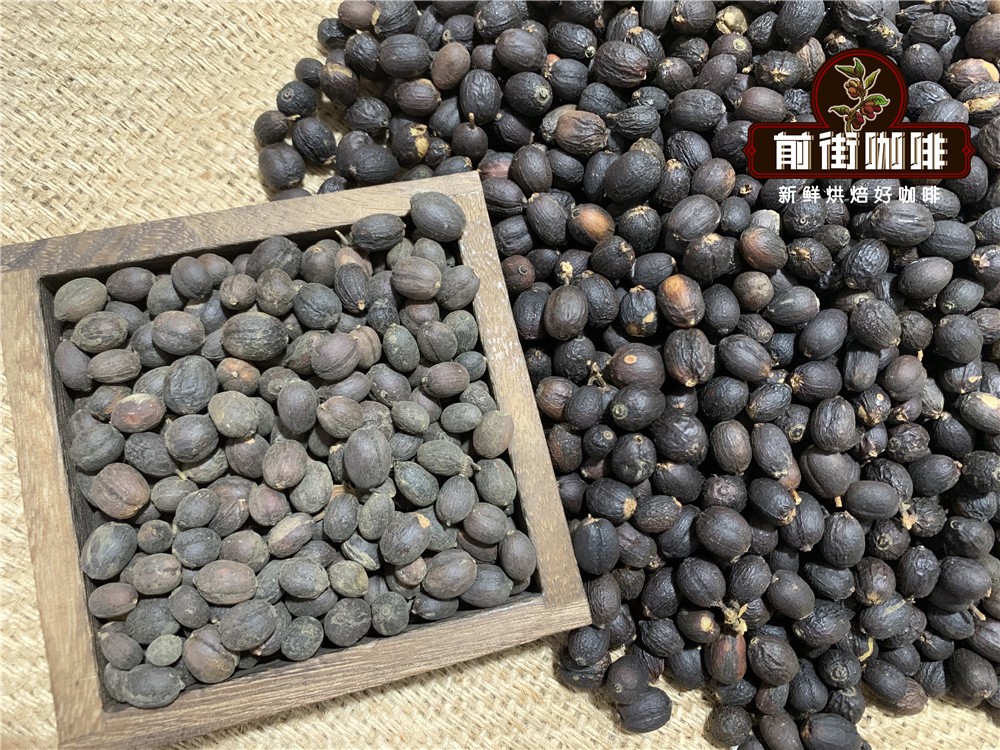
Parameters for brewing Yunnan Katim coffee in Qianjie:
As the flavor of Yunnan coffee is not sour and nut-based, Qianjie coffee chooses moderate roasting, which can retain the herbaceous aroma and soft acidity of Yunnan beans, with finer grindness and higher water temperature. Use V60 to brew the filter cup. Pour the ground coffee powder into the filter cup and you can smell the aroma of bean herbs and nuts.
Qianjie Coffee thinks that in order to make a good pot of coffee, it mainly starts from these four aspects: water temperature, grinding thickness, powder-to-water ratio, brewing method. 1. Water temperature
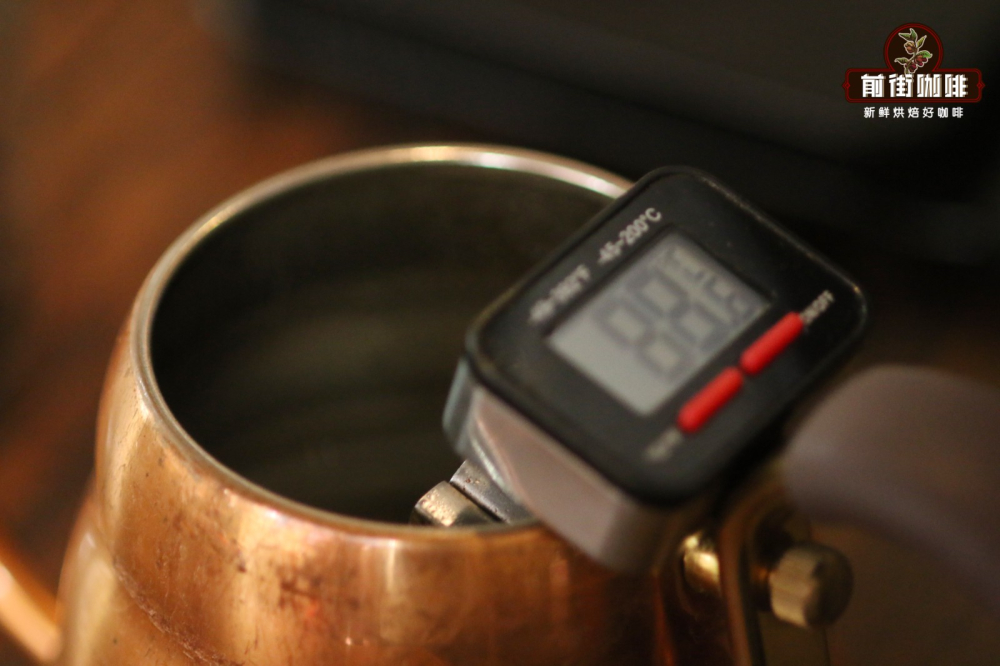
When making coffee by hand, Qianjie coffee will choose different water temperature according to the degree of roasting. When roasting, the substances in the coffee beans are lost with the deepening of the roasting degree, so the deep-roasted coffee beans will lower the temperature in order to avoid extracting too much odor. It is recommended to choose a water temperature of 90-91 ℃ for medium and light baked beans and 88 ℃ for medium and deep roasting.
2. The degree of grinding of coffee is also related to the degree of roasting. The degree of grinding refers to the size of coffee particles, because the degree of grinding will affect the contact time between coffee and water. If the coffee powder is finer, the water can extract more substances in the same time, but the degree of grinding is fine, the coffee is easy to be extracted in the process of extraction; on the contrary, the coarser the degree of grinding of coffee, the less substances extracted by water in the same time, but the coarser the degree of grinding is, the coffee is prone to insufficient extraction. In addition, because the grinder in everyone's hand is different, the parameters are also different. Here, Qianjie suggests that we buy a No. 20 cup test and correction screen, screen aperture 0.85mm, we take 10g coffee beans, adjust a general grinding degree to grind coffee powder, and then pour it into the sieve to weigh the coffee powder (be sure to sift until no coffee powder can be sifted out to complete the screening).
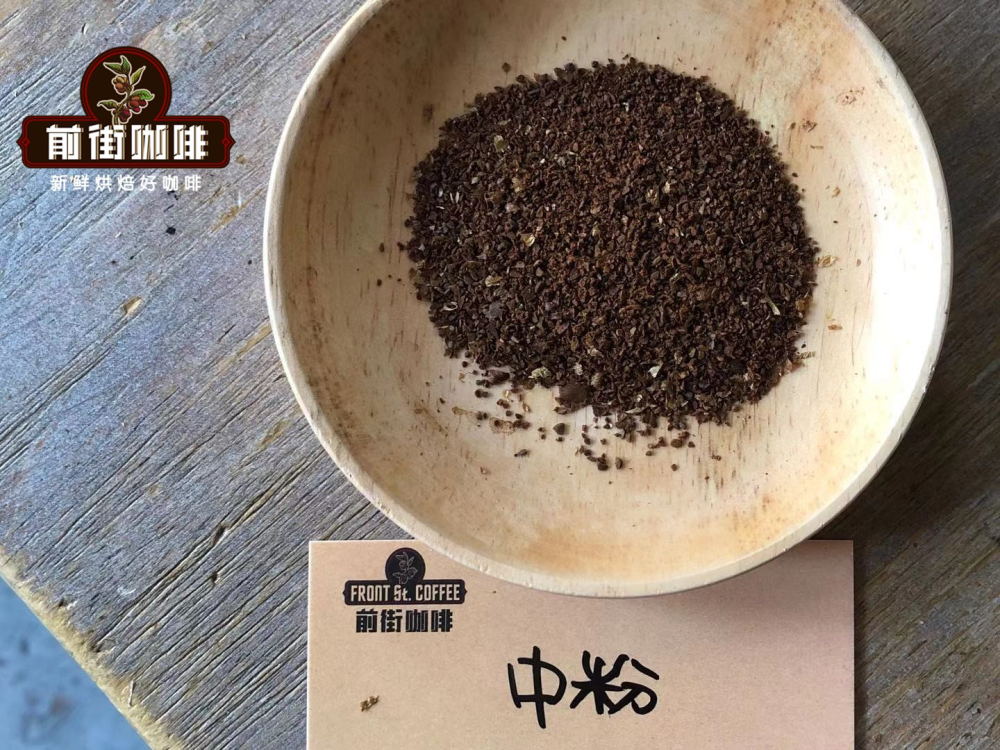
The screening pass rate is 70% 75% (10g sieve 7-7.5g) is the most suitable degree of grinding. The grinding degree of hand-baking is 80% for shallow baking and 75% for medium-deep baking. If it exceeds the suitable screening rate, it is appropriate to adjust the coarse grinding degree, and if it does not reach the appropriate screening rate, it is necessary to reduce the grinding degree properly. 3. Powder-water ratio
This is Qianjie Coffee according to the scaa gold cup extraction theory of hand-made coffee gouache extraction parameters of the difference in taste Qianjie produces a cup of coffee, will use 15g coffee powder, the choice of powder is usually based on the size of the filter cup design as a reference, and the Qianjie filter cup is suitable for 1-2 people to drink, can be between 15-20g powder, too much powder is difficult to control, the extracted coffee flavor is easy to mix.
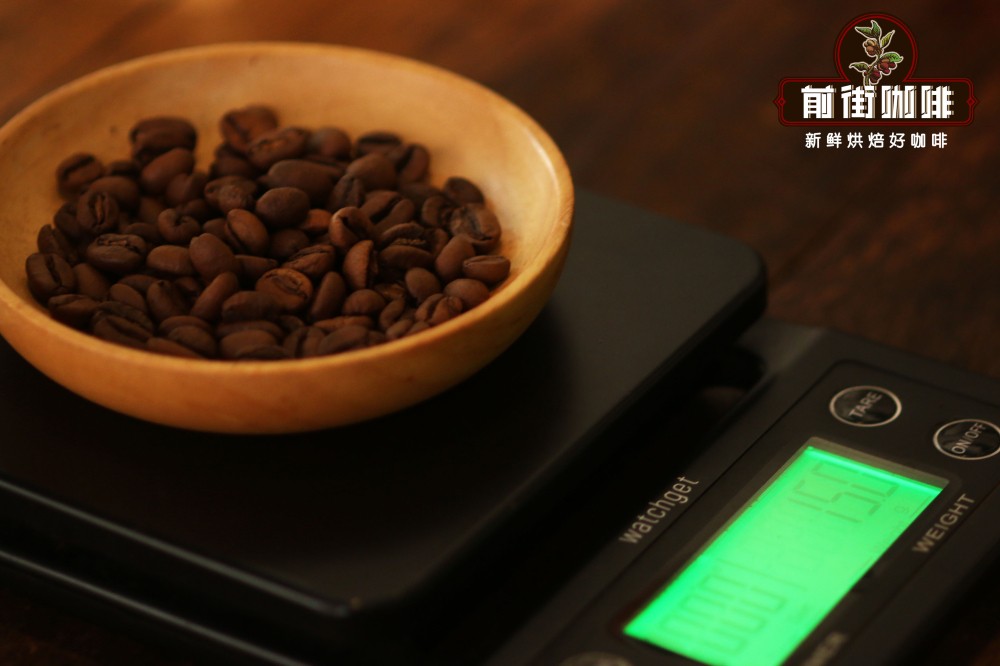
As for the powder-to-water ratio, 1:15 is the most commonly used, within the range of 1-14-14-1-16, 1:14 is available for those who like a strong taste, and 1:16 can be chosen for a clearer flavor. Qianjie thinks that everyone has different tastes, so it takes the median value of 1:15. Therefore, Qianjie Coffee suggests that you might as well use the 1:15 powder-to-water ratio that is not easy to make when brewing coffee. 4. Washing and cooking technique
Finally, the hand punching technique is also very important, which can be seen frequently, such as three-stage style, one-step flow, drip-by-drop style and so on. Here in Qianjie Coffee, beginners are advised to use three-stage water injection to brew, because this method is suitable for light-roasted, medium-shallow and medium-deep roasted coffee beans. The segmented extraction method of three-stage water injection can clarify the flavor of the front, middle and back of the coffee, and can ensure the flavor of the coffee. Next, Qianjie Coffee will teach you how to pour water into the three stages of hand-brewed coffee. Three-stage brewing technique: (three-stage brewing method of Yunnan Katim coffee in Qianjie)
Use v60 filter cup to have richer coffee flavor, water temperature 88 ℃, water powder ratio 1:15, powder content 15g, grinding degree (China 20 standard sieve pass rate 75%).
First water injection: steaming (to help exhaust)
Now wet the v60 filter cup to make the filter paper fit better with the coffee filter cup. Put 15g coffee powder into the water in the sharing pot at the same time and steam with 30g water for 30s. Many coffee lovers don't know why hand-brewed coffee is steamed. In fact, steaming is because coffee beans in the roasting process from raw beans to cooked beans will undergo a series of chemical reactions and physical changes, after a certain degree of baking, coffee beans will accumulate a large amount of gas (most of which is carbon dioxide).
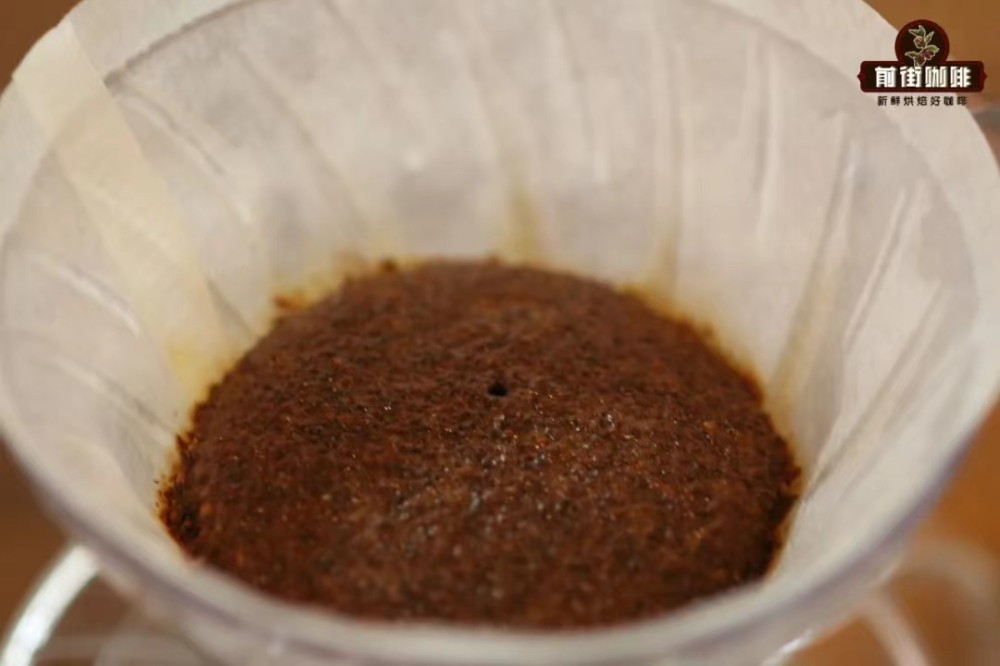
Generally speaking, the fresher it is, the closer it is to baking, and the more bubbles usually appear during steaming. Deep-baked beans also release more gas during steaming than shallow baked beans. The coffee beans of Qianjie coffee are freshly roasted, so guests are generally advised to grow beans for three days and let the beans release carbon dioxide first, so that the problem of instability and insufficient extraction can be avoided. After steaming and discharging the gas, the coffee particles can absorb water evenly, which can make the extraction uniform in the later stage. Good steaming can not only make the coffee powder exhaust quickly, fully and evenly, but also make the coffee powder come into contact with the water quickly, helping the coffee powder to be extracted evenly. These are precisely the purpose and significance of steaming hand-made coffee. Second water injection
After steaming for 30 seconds, the second water injection was carried out, and the small water injection around the center was started until 125g stopped. In order for the penetrating force of the water column to be concentrated, the range of movement around the water column should be small, about the size of an one-dollar coin, and then go out. At the beginning of the second water supply, we should pay attention to the amount of water, and try not to exceed the height of the powder layer, that is, when the water column is wound close to the filter paper, the water supply can be stopped.

The third water injection
When the coffee powder layer drops to half the position of the filter cup, the same method is injected into the second stage until 225g, and the filter cup can be removed after all the dripping is completed.
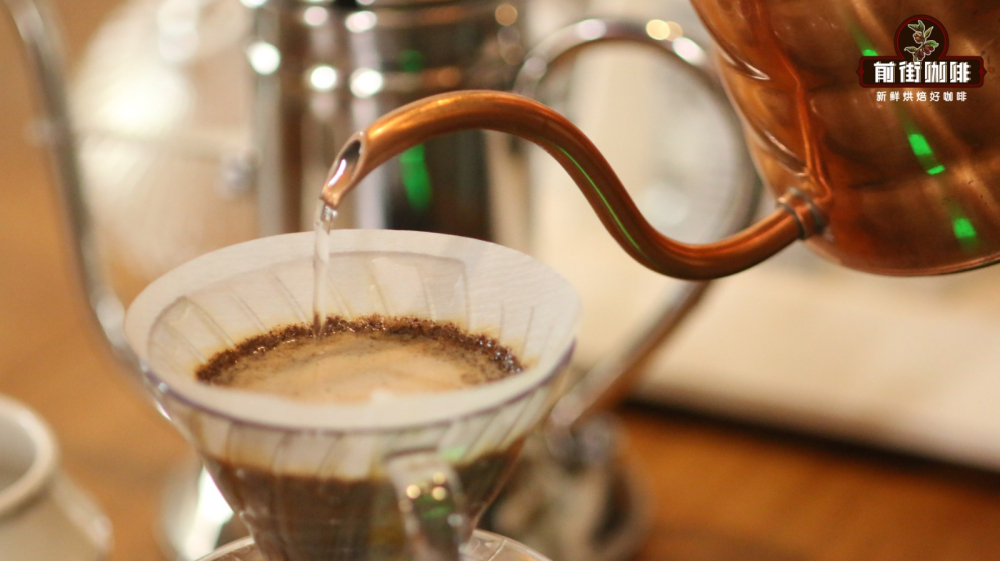
From the third water supply, it is necessary to observe the extent of the decline of the water level, also from the center of the water supply circle, the amount of water should not exceed the height of the powder layer, then it will also be observed that the proportion of foam has already occupied the surface, and the third water injection will increase the tumbling of coffee granules, let all the deposited particles tumble, and then dissolve the soluble matter.
The rolling particles will start to rest because they stop adding water, and at this time they have to rely on the velocity caused by the falling water level to make the coffee particles produce friction, so once the addition of water stops, the coffee powder particles will sink, causing blockage, so pay special attention to the rhythm of adding water. If the water is cut off too many times, it is tantamount to letting the coffee powder particles soak in the water all the time, which will lead to the astringent and miscellaneous taste of the coffee extract at the end.
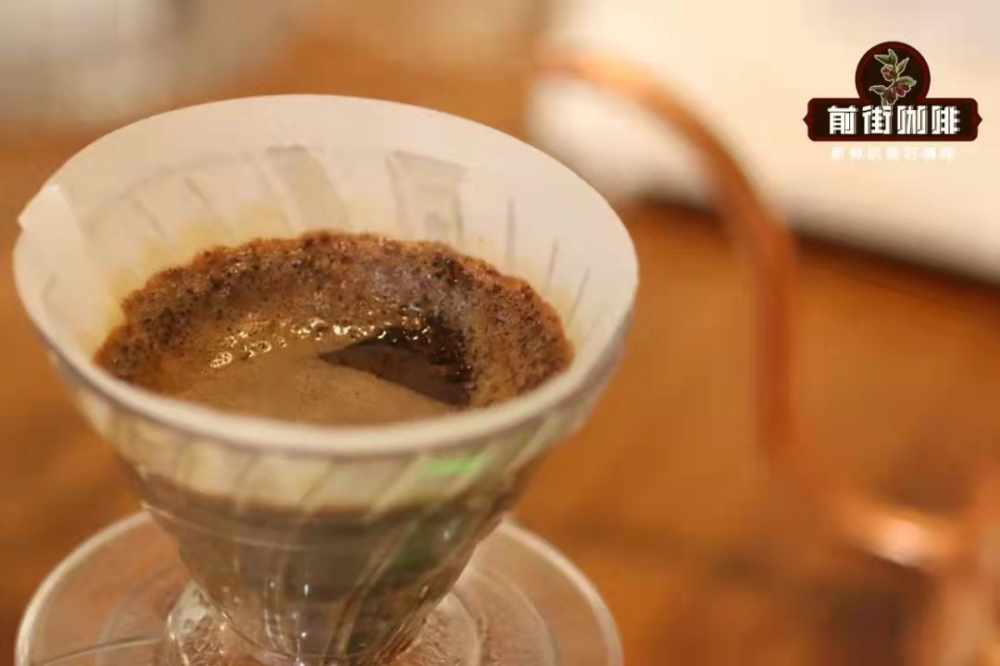
From the beginning of water injection, the extraction time is 2: 39. Next, pick up the whole cup of coffee and shake it well, then pour it into the cup and taste it.
Qianjie believes that the flavor of Yunnan coffee is relatively moderate, that is, it is both sweet and sour, so it chooses moderate roasting to highlight the chocolate aroma while retaining some of the acidity.
[Qianjie 2013Sun Iron pickup Coffee] has a thick, sour and sweet taste, with citrus and berry flavors, with a hint of fermented wine, caramel sweetness, creamy finish, black tea.
[Qianjie washed Yunnan small grain coffee flavor] herbs, nutty, chocolate, caramel.
[Qianjie Yunnan Sunshine Katim Coffee] performance: nuts, chocolate, spices, caramel, plums.

As long as you practice cooking more, you can cook it according to your favorite taste. As long as you like it, it's all good coffee.
Suggestions for making coffee in front of the street:
To brew a good cup of coffee, you still need to pay attention to the freshness of the beans. Qianjie has always believed that the freshness of coffee beans has a great relationship with the flavor of coffee, so the coffee beans shipped in Qianjie coffee are roasted within 5 days. The purpose of Qianjie roasting is "freshly roasted coffee", so that every guest who places an order is the freshest coffee when he receives it. The bean cultivation period of coffee is about 4-7 days, so when the guest gets it, it is the time when the flavor is the best.
For those who need to be ground, Qianjie warmly reminds you that if the coffee beans are ground in advance, there is no need to raise the beans, because in the process of transportation, the pressure caused by carbon dioxide in the package can also make the coffee flavor round. so you can drink a cup of coffee as soon as you receive the coffee powder. But the coffee powder needs to be brewed in time, because the coffee powder oxidizes more quickly after contact with the air, that is to say, the flavor of the coffee will dissipate more quickly, and the flavor of the coffee is not so good. Therefore, Qianjie suggests buying whole beans, grinding and flushing now, so that we can better taste the flavor of coffee.
Professional coffee knowledge exchange more coffee bean information please follow the coffee workshop (Wechat official account cafe_style)
For more boutique coffee beans, please add private Qianjie coffee on Wechat. WeChat account: qjcoffeex
Important Notice :
前街咖啡 FrontStreet Coffee has moved to new addredd:
FrontStreet Coffee Address: 315,Donghua East Road,GuangZhou
Tel:020 38364473
- Prev
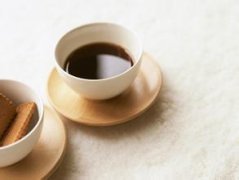
How to match Italian Coffee beans Yunnan Coffee beans characteristic Story
Different coffee beans have different personalities because of different varieties and producing areas, and there are subtle differences in sour, bitter, sweet, aroma, mellow thickness and other flavors. Single coffee beans often show the unique characteristics of a certain kind of coffee. And blended coffee, also known as mixed coffee, is to mix all kinds of individual coffee beans together, so as to make full use of the advantages of various individual coffee beans.
- Next

An introduction to the Coffee Culture and the Variety and Flavor of Vietnamese Coffee
There are two kinds of places to drink coffee in Vietnam, one is high-end coffee shop, the other is open-air seating by the side of the road, and the price is also very different. In an open-air seating, you can enjoy delicious and pure Vietnamese coffee for two yuan, while in a high-end coffee shop, it costs 25 to 30 yuan. High-end cafe, luxurious decoration, including small bridge and flowing water, music performances
Related
- Detailed explanation of Jadeite planting Land in Panamanian Jadeite Manor introduction to the grading system of Jadeite competitive bidding, Red bid, Green bid and Rose Summer
- Story of Coffee planting in Brenka region of Costa Rica Stonehenge Manor anaerobic heavy honey treatment of flavor mouth
- What's on the barrel of Blue Mountain Coffee beans?
- Can American coffee also pull flowers? How to use hot American style to pull out a good-looking pattern?
- Can you make a cold extract with coffee beans? What is the right proportion for cold-extracted coffee formula?
- Indonesian PWN Gold Mandrine Coffee Origin Features Flavor How to Chong? Mandolin coffee is American.
- A brief introduction to the flavor characteristics of Brazilian yellow bourbon coffee beans
- What is the effect of different water quality on the flavor of cold-extracted coffee? What kind of water is best for brewing coffee?
- Why do you think of Rose Summer whenever you mention Panamanian coffee?
- Introduction to the characteristics of authentic blue mountain coffee bean producing areas? What is the CIB Coffee Authority in Jamaica?

